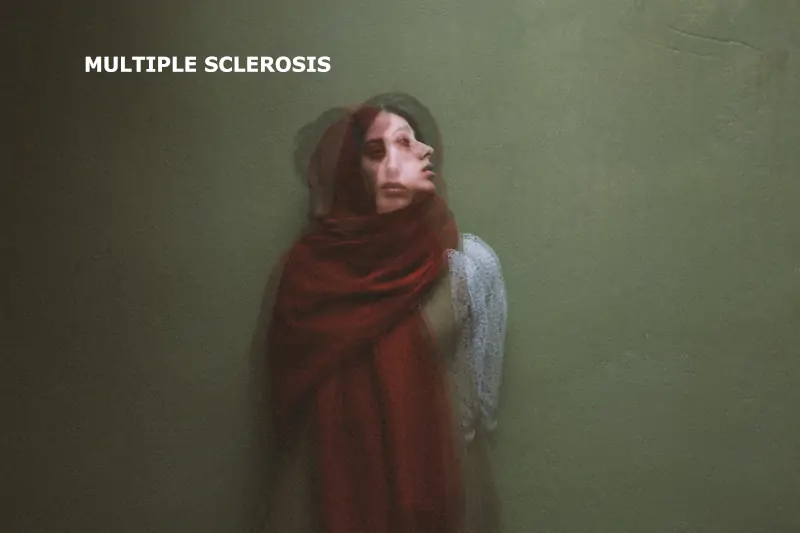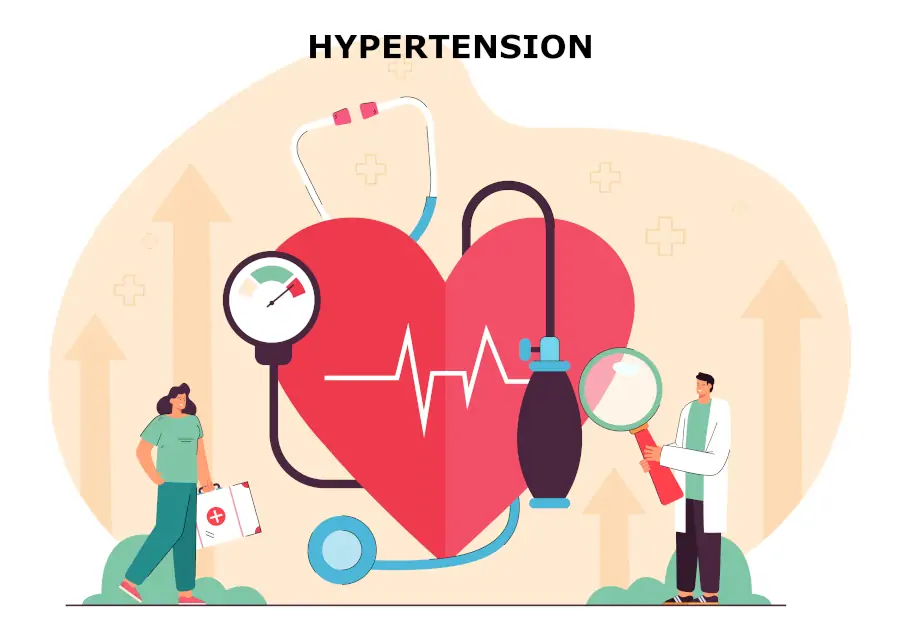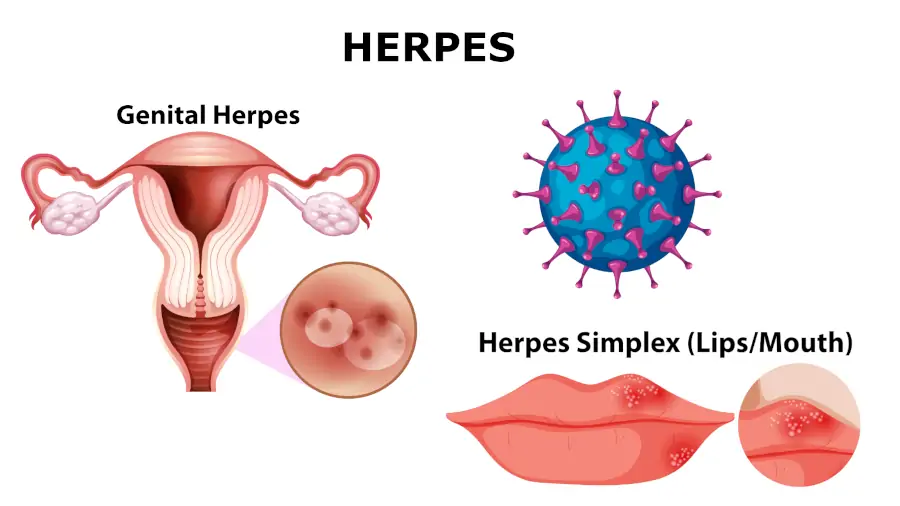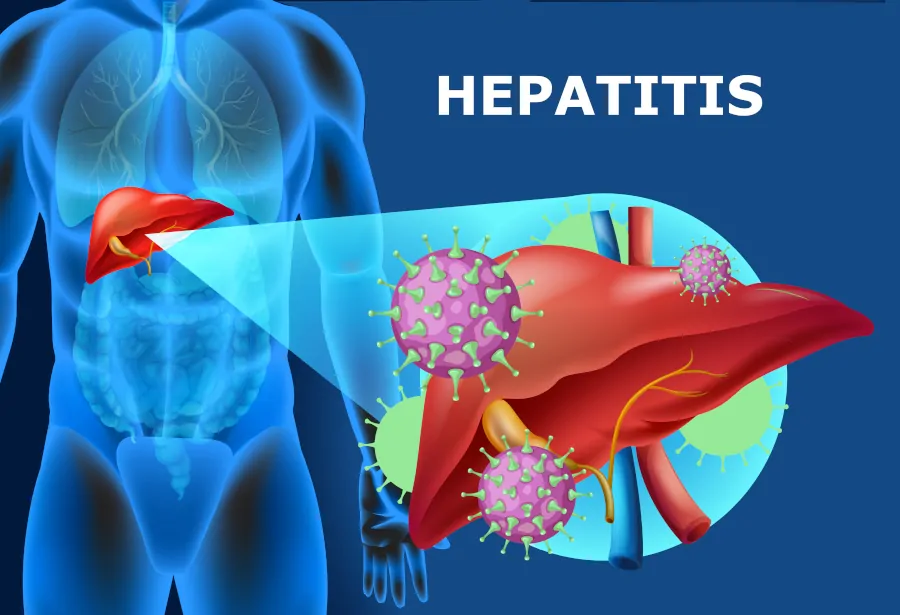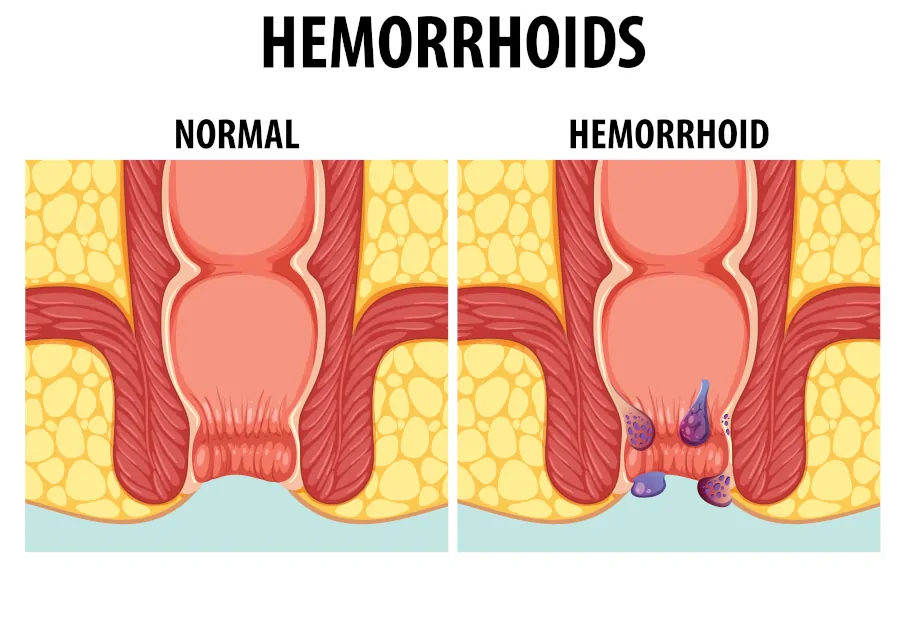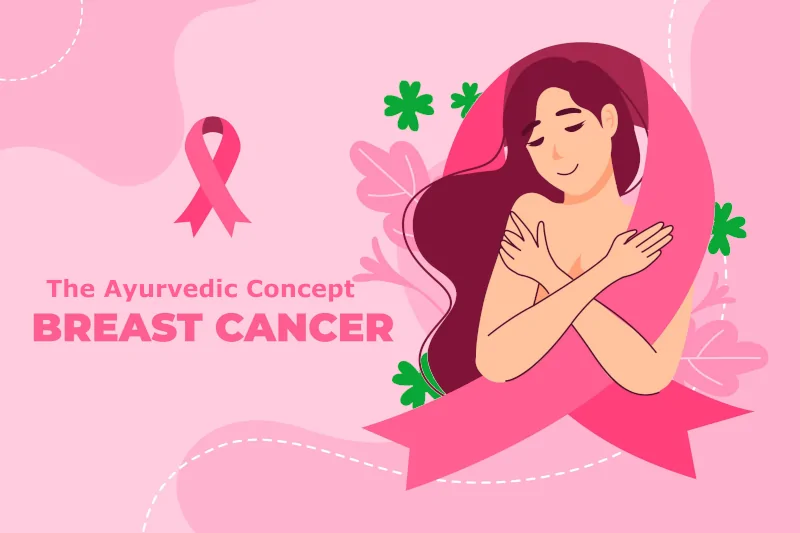Migraine: The Ayurvedic Concept
Introduction The congestion and exudation from the cranial blood vessels affecting only one side of the head is the fundamental cause of migraine. The escape of fluid and deposition of it in or on the tissues cause blockage of the function of the bodily passages conducted through the nervous system for the in and out … Read more


